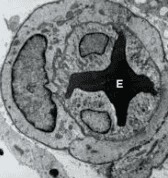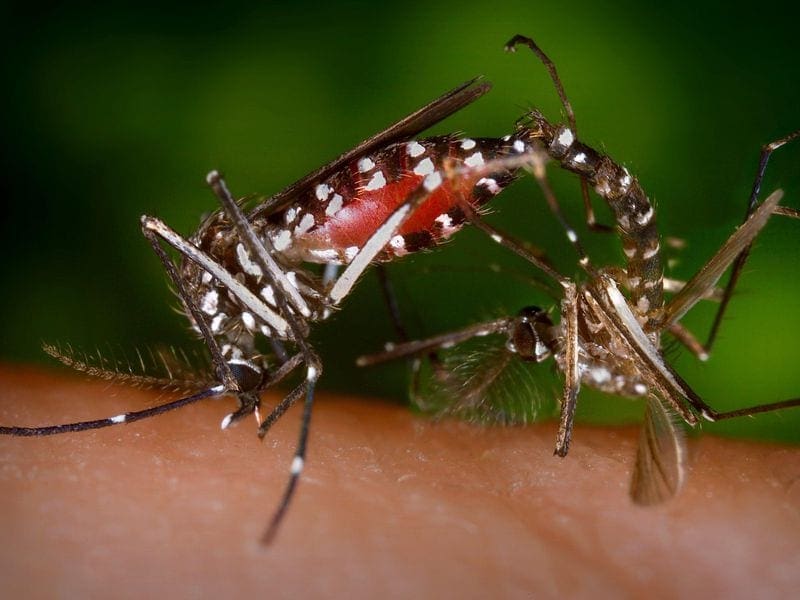
[pdf-embedder url=”https://www.radsource.com/wp-content/uploads/2020/06/Science-Robotics-Research-Article_Field-performance-of-setrile-male-mosquitoes-released-from-and-uncrewed-aerial-vehicle.pdf”]
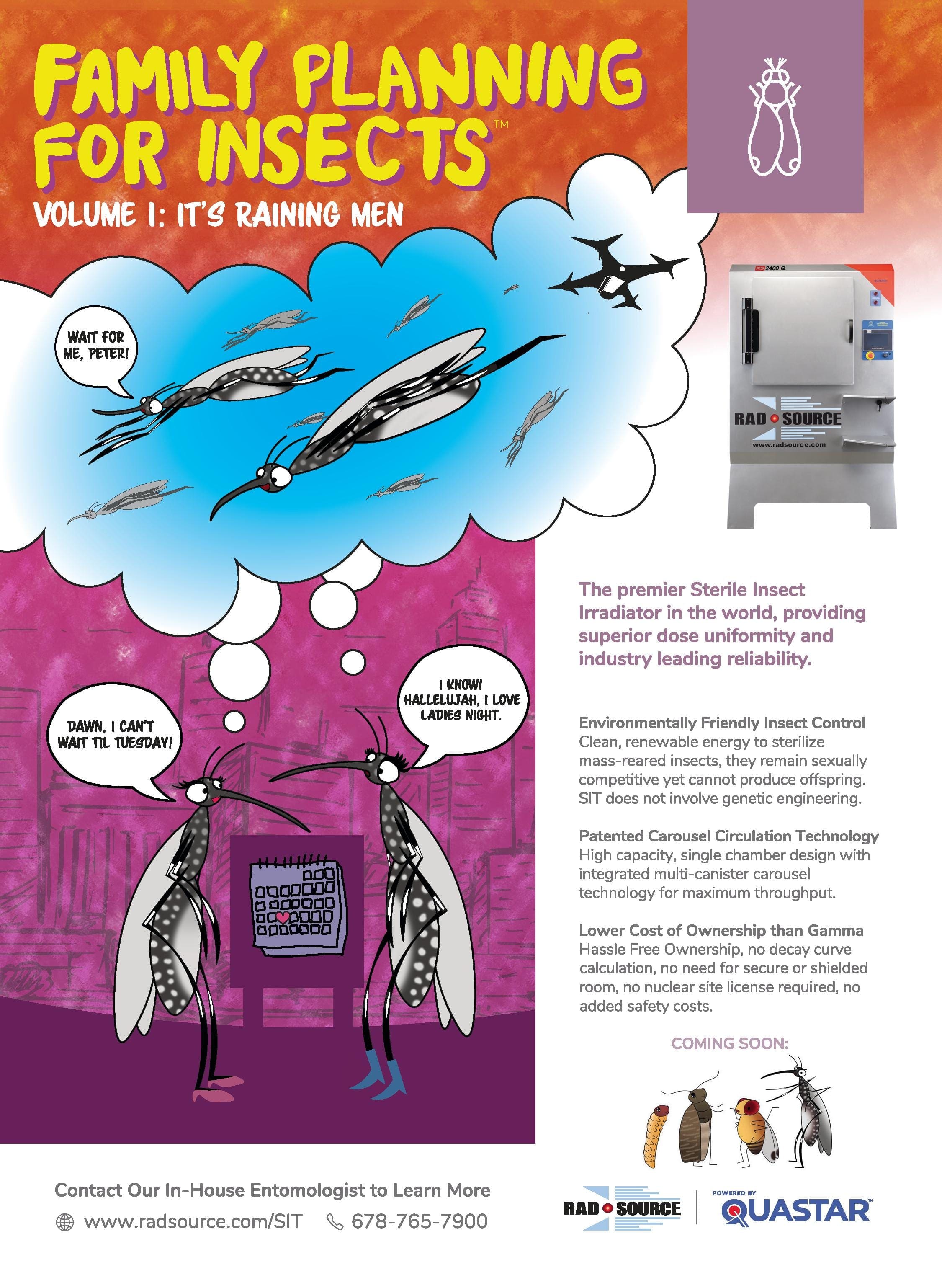
[pdf-embedder url=”https://www.radsource.com/wp-content/uploads/2020/10/Family-Planning-For-Insects_Vol-1_Its-Raining-Men.pdf”]
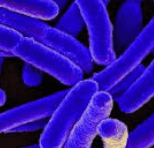

X-Ray Machines Help Kill Bacteria in Food
SUMMARY
PASCAGOULA – It is not surprising to see an X-ray machine at a physician’s or dentist’s office, but research at Mississippi State University may help make them commonplace at seafood processing facilities and commercial produce operations.
Barakat Mahmoud, an assistant professor of food safety and microbiology with the Mississippi Agricultural and Forestry Experiment Station and spokesman for the Institute of Food Technologists, is researching X-ray machines as a way to decontaminate food products. He conducts his work at MSU’s Experimental Seafood Processing Laboratory in Pascagoula.
His research shows X-ray doses can kill dangerous bacteria that make people sick, such as salmonella, E. coli, vibrio, shigella and listeria. The process simply removes harmful bacteria and does not alter the food product in any other way. In 1963, the Food and Drug Administration deemed the irradiation of food to be a safe practice.
“Vibrios are the bacteria in raw oysters that can make them dangerous to eat,” Mahmoud said. “This technology completely eliminates the naturally occurring bacteria, making the delicacy safe to consume. The X-rays do not kill the oysters; they stay alive throughout the entire process.”
AUTHOR
By Karen Templeton

THE PACKER, HANDLING & DISTRIBUTING; RESEARCH USES X-RAY TO REDUCE FOODBORNE PATHOGENS ON LEAFY GREENS
FDA looks into Consumer Reports findings of listeria on leafy greens
In testing retail samples of leafy greens, Consumer Reports found Listeria monocytogenes on six samples, and the Food and Drug Administration is reviewing the organization’s data.
AUTHOR
Ashley Nickle July 29, 2019
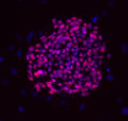
THE SESQUITERPENE LACTONE PARTHENOLIDE INDUCES APOPTOSIS OF HUMAN ACUTE MYELOGENOUS LEUKEMIA STEM AN
SUMMARY
Recent studies have described malignant stem cells as central to the initiation, growth, and potential relapse of acute and chronic myelogenous leukemia (AML and CML). Because of their important role in pathogenesis, rare and biologically distinct leukemia stem cells (LSCs) represent a critical target for therapeutic intervention.
AUTHOR
…………………
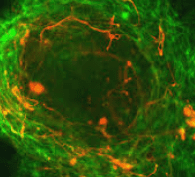
PASSIVE AND ACTIVE MECHANISMS TRAP ACTIVATED CD8+ T CELLS IN THE LIVER
SUMMARY
Abstract: The liver is a site where activated CD8(+) T cells are trapped and destroyed at the end of an immune response. The intrahepatic accumulation of activated murine TCR transgenic CD8(+) T cells was significantly reduced when either ICAM-1 or VCAM-1 was blocked…
AUTHOR
…………………
PERICYTES AND ENDOTHELIAL PRECURSOR CELLS: CELLULAR INTERACTIONS AND CONTRIBUTIONS TO MALIGNANCY
SUMMARY
Tumor vasculature is irregular, abnormal, and essential for tumor growth. Pericytes and endothelial precursor cells (EPC) contribute to the formation of blood vessels under angiogenic conditions.
AUTHOR
Rebecca G. Bagley, William Weber, Cecile Rouleau, and Beverly A. Teicher
Genzyme Corp., Framingham, Massachusetts
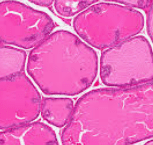
SHORT COMMUNICATION: NANOPARTICLE THERMOTHERAPY AND EXTERNAL BEAM RADIATION THERAPY FOR HUMAN PROSTATE
Abstract:
RATIONALE: Recent studies have suggested that both embryonic stem cells and adult bone marrow stem cells can participate in the regeneration and repair of diseased adult organs, including the lungs.
Citation:
Am J Respir Crit Care Med. 2008 Apr 1;177(7):701-11. Epub 2007 Dec 6.
Website:
https://ajrccm.atsjournals.org/cgi/content/full/177/7/701
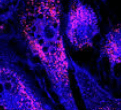
DERIVATION OF LUNG EPITHELIUM FROM HUMAN CORD BLOOD-DERIVED MESENCHYMAL STEM CELLS
Abstract:
Recent studies have suggested that both embryonic stem cells and adult bone marrow stem cells can participate in the regeneration and repair of diseased adult organs, including the lungs.
Citation:
Am J Respir Crit Care Med. 2008 Apr 1;177(7):701-11. Epub 2007 Dec 6.

THE APPLICATION OF RADIATION THERAPY TO THE PEDIATRIC PRECLINICAL TESTING PROGRAM
SUMMARY
The Pediatric Preclinical Testing Program (PPTP) has been successfully used to determine the efficacy of novel agents against solid tumors by testing them within a mouse-flank in vivo model. To date, radiation therapy has not been applied to this system. We report on the feasibility and biologic outcomes of a pilot study using alveolar and embryonal rhabdomyosarcoma xenograft lines.
